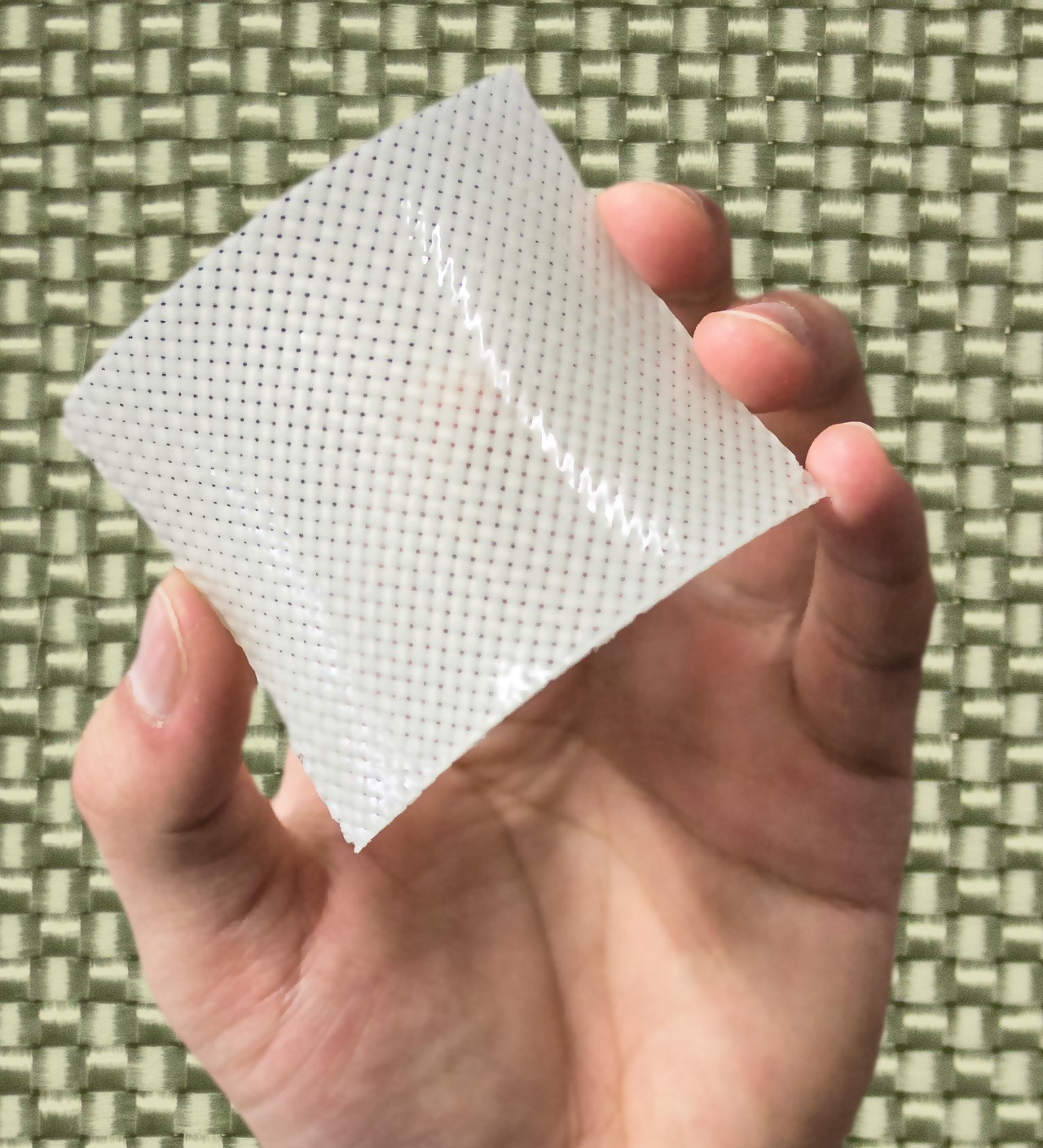
Biological materials are capable of possessing an incredible array of mechanical and physical properties: they can vary dramatically in strength and water content, while maintaining high levels of toughness. Beyond their impressive properties, they are living, active materials that can dynamically respond to environmental changes and biological cues. Our goal is to learn from these unique materials to make a new generation of mechanically robust, active soft materials.
Recently our work has focused on developing new toughening mechanisms to improve the application of hydrogels. As soft, water swollen materials, hydrogels have much in common with biological soft materials, but they tend to be extremely brittle, preventing their applied use. We have developed two methods two improve the strength and toughness of these materials by incorporating macroscale dissipation mechanisms. The first method is through fiber reinforcement. In this case, incorporated stiff fibers are capable of distributing load over large areas. By making use of tough hydrogels as a matrix, we can create fiber reinforced soft composites that are orders of magnitude tougher than the toughest gels and are effectively tear resistant. Conversely, we can also toughen soft materials by incorporating a stiff yet brittle sacrificial network. In this circumstance, when the gel is deformed, the sacrificial network will fracture first, dissipating energy, prior to fracture of the soft network. Both methods work well to increase the mechanical response of soft materials, and we are now looking to apply these concepts to real-world applications.
The next steps of our research involve developing active materials. We have discovered a method that allows us to fabricate gels that contain controlled channel architectures that we can connect to an external pump. In this situation, the pump acts like the heart, circulating fluids through the hydrogels that act like blood vessels and organs within the body. Because hydrogels react to their environment, by changing the contents of the fluid circulating through the channels, we can actively modify the properties of the gel. We are now investigating how using this method can allow us to improve the mechanical response of hydrogels, and whether we can use this method to repair damaged materials, like the healing process within the human body.
